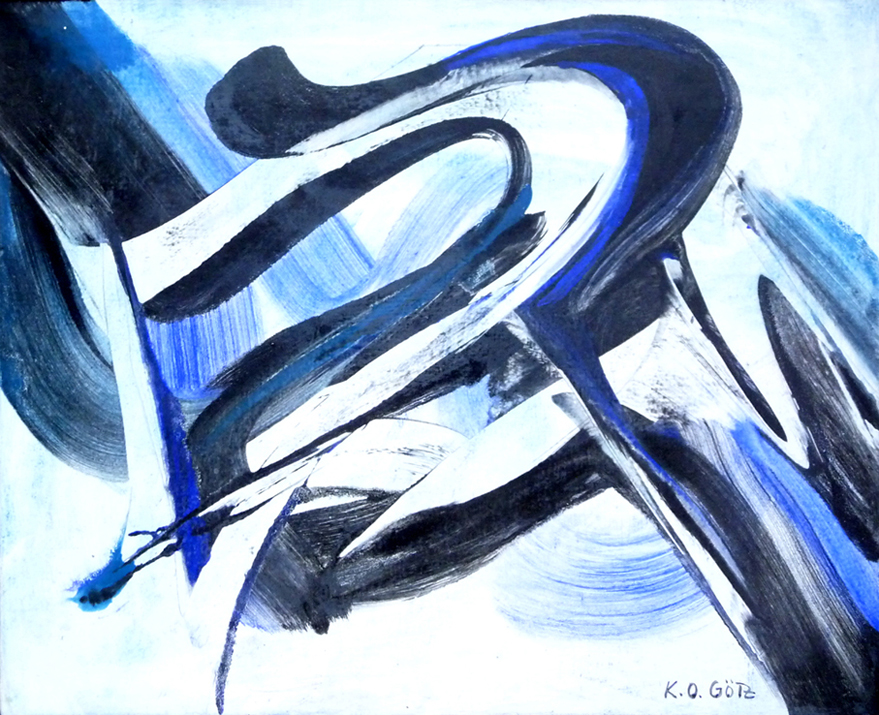Informalism

Informalism
Informalism, an art movement with roots in the mid-20th century, is renowned for its abstract and gestural qualities that flourished in post-war Europe. Comparable to American abstract expressionism, Informalism was a response to the era's turbulence, breaking away from conventional art forms to embrace a more spontaneous and emotional expression.
Characterized by its lack of definitive boundaries, Informalism offered artists a canvas for self-expression through experimental techniques. This freedom allowed them to translate personal feelings, experiences, and creative impulses into their work, creating pieces that were as much about the act of painting as they were about the final product. The movement's improvisatory nature and highly gestural techniques signaled a departure from the naturalistic and figurative, opting instead for a form that highlighted the artist's physical interaction with the medium.
During a time of collective trauma following World War II, artists within the Informalism movement sought to capture and convey human emotion in its rawest form. Their works often featured anti-compositional forms and a Surrealist-influenced spontaneity, reflecting a deeper search for meaning amidst chaos. For collectors and connoisseurs, the allure of Informalism lies in its primal, visceral appeal, making each piece a tactile testimony to the human spirit's resilience.
If you are captivated by the sheer emotive power of Informalism and wish to explore its uncharted territories further, we invite you to sign up for updates. Receive notifications on new collections and exclusive events that celebrate the legacy and continuing evolution of this profound art movement.
| Country: | Europe, France |
|---|---|
| Start of the period: | 1945 |